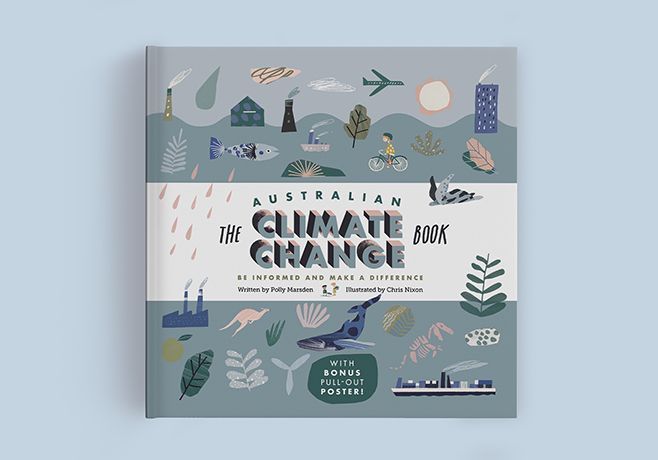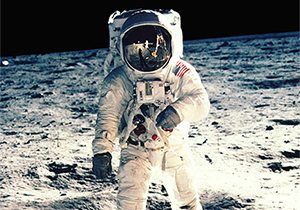
Marine life of Australia’s coast: primary resource
Discover the secret underwater world of Australia’s coastline
This primary resource introduces children to the humpback whale, parrotfish, octopus and the impressive corals of Australia’s Great Barrier Reef. Discover the secret world underwater. Why do humpback whales migrate up the eastern coast of Australia? How long is the Great Barrier Reef? Which is the reef’s most common type of octopus?
Pupils will learn about different kinds of creatures that live in (and visit) the Great Barrier Reef and the waters along Australia’s coastline in our National Geographic Kids’ Science primary resource sheet.
The teaching resource can be used in study group tasks for discussion about what makes Australia’s waters the ideal habitat for the creatures mentioned in the resource sheet. It could be used as a printed handout for each pupil to review and annotate, or for display on the interactive whiteboard, using the images included in the resource for class discussion.
Activity: Ask children to use the information provided in the ‘On the move’ bubble to mark the route of the humpback whales’ migration on a map of Australia’s coastline. Pupils could research how and why the Great Barrier Reef is under threat from ocean pollution and coral bleaching. They could draw and colour a picture of the corals of the Great Barrier Reef using their own research to help them.
This Animals primary resource assists with teaching the following Key Stage 1 Science (Year 1) objectives from the National Curriculum:
Pupils should be taught to:
- identify and name a variety of common animals including fish, amphibians, reptiles, birds and mammals
- describe and compare the structure of a variety of common animals (fish, amphibians, reptiles, birds and mammals, including pets)
National Curriculum Key Stage 1 Science (Year 2) objective:
Pupils should be taught to:
- identify that most living things live in habitats to which they are suited and describe how different habitats provide for the basic needs of different kinds of animals and plants, and how they depend on each other
- identify and name a variety of plants and animals in their habitats, including micro- habitats
- find out about and describe the basic needs of animals, including humans, for survival (water, food and air)
National Curriculum Lower Key Stage 2 Science (Year 4) objectives:
Pupils should be taught to:
- recognise that living things can be grouped in a variety of ways
- recognise that environments can change and that this can sometimes pose dangers to living things.
National Curriculum Upper Key Stage 2 Science (Year 5) objective:
Pupils should be taught to:
- describe the differences in the life cycles of a mammal, an amphibian, an insect and a bird
As a Geography primary resource, this resource sheet assists with teaching the following Key Stage 1 Geography objectives from the National Curriculum:
Pupils should be taught to:
- name and locate the world’s seven continents and five oceans
- identify seasonal and daily weather patterns in the United Kingdom and the location of hot and cold areas of the world in relation to the Equator and the North and South Poles
National Curriculum Key Stage 2 Geography objective:
Pupils should be taught to:
- locate the world’s countries, using maps to focus on Europe (including the location of Russia) and North and South America, concentrating on their environmental regions, key physical and human characteristics, countries, and major cities
- use maps, atlases, globes and digital/computer mapping to locate countries and describe features studied
This Science primary resource assists with teaching the following Sciences Early level objectives from the Scottish Curriculum for Excellence:
- I have observed living things in the environment over time and am becoming aware of how they depend on each other
Scottish Curriculum for Excellence Second level Sciences objectives:
- I can identify and classify examples of living things, past and present, to help me appreciate their diversity. I can relate physical and behavioural characteristics to their survival or extinction.
- I can use my knowledge of the interactions and energy flow between plants and animals in ecosystems, food chains and webs. I have contributed to the design or conservation of a wildlife area.
Scottish Curriculum for Excellence Sciences Third level objectives:
- I can sample and identify living things from different habitats to compare their biodiversity and can suggest reasons for their distribution.
As a Geography primary resource this resource sheet assists with teaching the following Social Studies Third level objective from the Scottish Curriculum for Excellence:
- I can investigate the climate, physical features and living things of a natural environment different from my own and explain their interrelationship.
- I can identify the possible consequences of an environmental issue and make informed suggestions about ways to manage the impact.
- I can use a range of maps and geographical information systems to gather, interpret and present conclusions and can locate a range of features within Scotland, UK, Europe and the wider world.
Scottish Curriculum for Excellence Fourth level Social Studies objective:
- I can use specialised maps and geographical information systems to identify patterns of human activity and physical processes.
Download primary resource
More Like

Mary Anning facts

Anaconda Facts!

The Australian Climate Change book









LEAVE A COMMENT
THANK YOU
Your comment will be checked and approved shortly.
WELL DONE,
YOUR COMMENT
HAS BEEN ADDED!
COMMENTS
CUSTOMIZE YOUR AVATAR